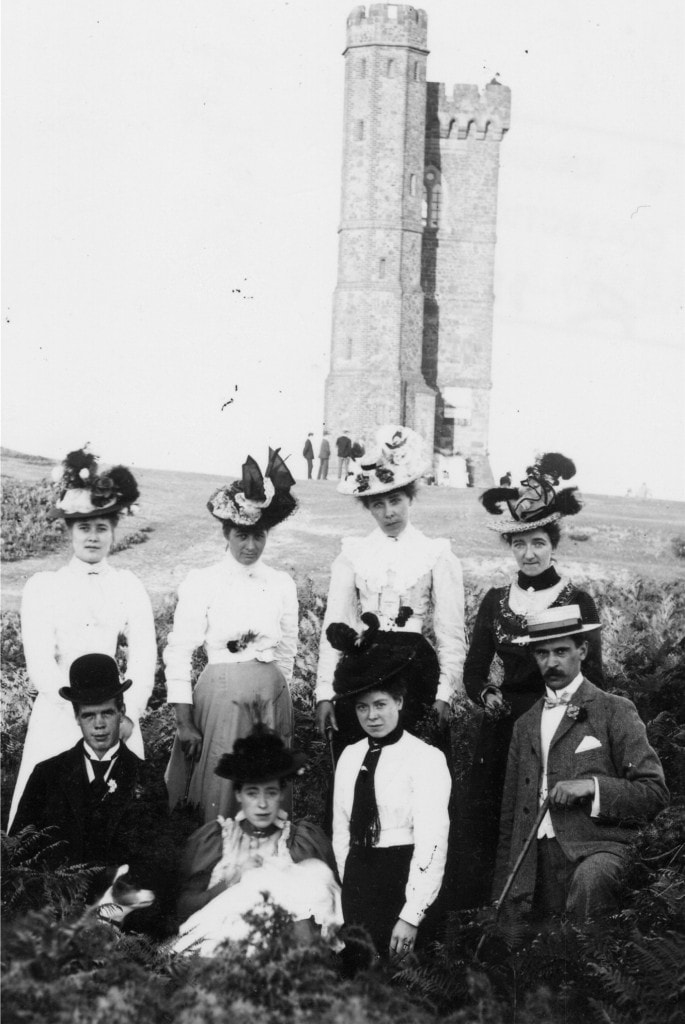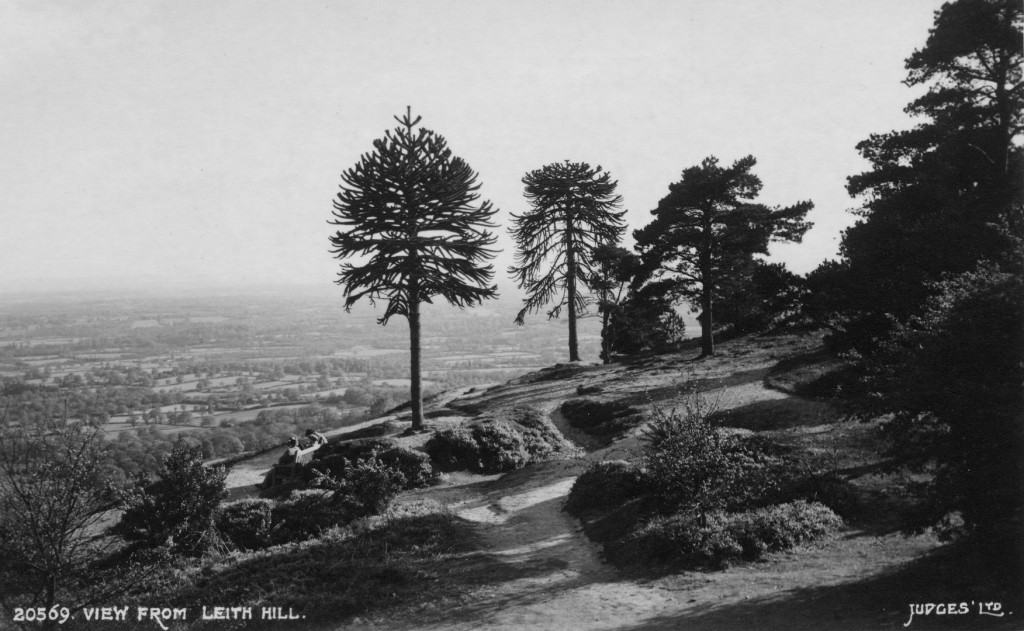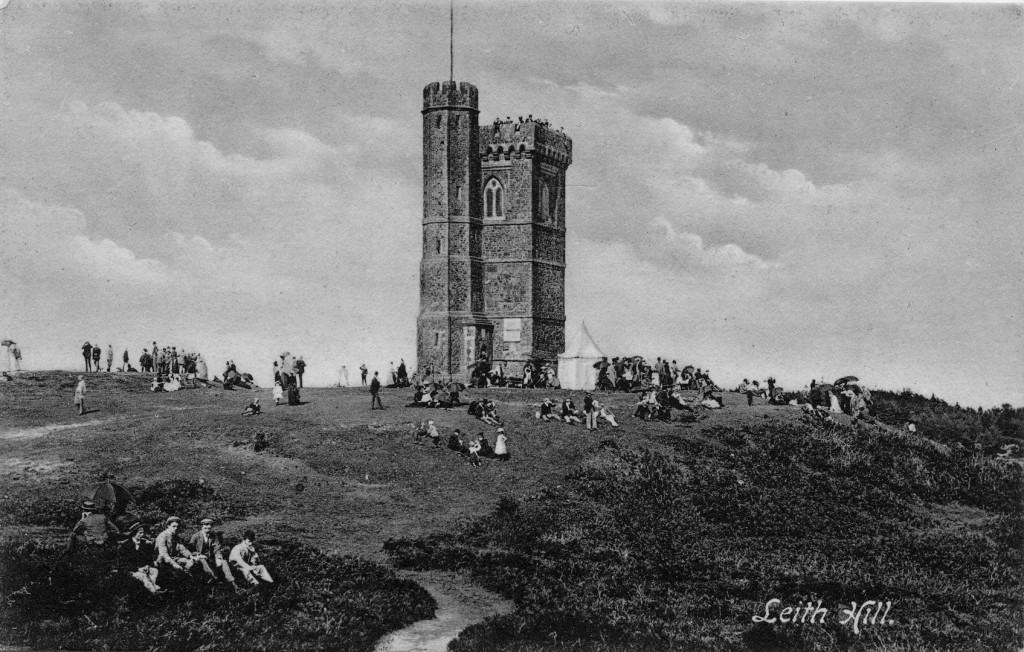An article from the Dorking Advertiser in 1889.

© Dorking Museum (K1241)
A Room with a View of the South East
A lady living in Surrey spends all day looking at the dome of St. Paul’s Cathedral, steamers traversing the English Channel, one-minute Windsor Castle and the next the hills of the Isle of Wight.

© Judges Ltd
Indeed, she may well be regarded as the highest lady in the county. She spends her days in the highest elevation in south east England, 1,000 feet above sea level and is the only person inhabiting this altitude. The name of the lady is Mrs Skilton and the summit on which she has spent her days for the past 30 years is the famous Leith Hill, or rather the tower on top of the hill. Mrs Skilton, 72, keeper of the tower, is a most entertaining guide and, telescope in hand, she points out to visitors the wonderful view that embraces the sea, 12 counties and a circuit of 200 miles.
For visitors she picks out St Paul’s and close by it, the Great Wheel at Earl’s Court. Turning to the Shoreham Gap, she points out the smoke of a passenger ship in the English Channel. Looking north again, she guides the visitor to the towers of Crystal Palace and to due east to see the town of Maidstone. Looking south again, she reveals Beachey Head.
Mrs Skilton says she has counted as many as 40 churches.
She tells the visitor the tower was built in 1766 by Richard Hull. There is a Latin inscription on the west side which when translated reads: “Traveller, this very conspicuous tower was erected by Richard Hull, Leith Hill Place, in the reign of George III 1766 that you might obtain an extensive prospect over a beautiful country, not solely for his own pleasure but for the accommodation of his neighbours and of all men.”
Mrs Skilton explained: “Mr Hull was a gentleman of considerable fortune who rented the hill from Sir John Evelyn. He was a lawyer and a member of the Irish Parliament and was intimate with all the great people of his day. He fitted up a handsome room inside the tower and when he died he was buried under it on his own particular request. The inscription in the east wall records: “Underneath this floor lieth the body of Richard Hull, Esq of Bristol who departed this life January 18 1772 in the eighty third year of his age. “”
The history of the tower, says Mrs Skilton is a rather curious one. At first the public were admitted into it, as Mr Hull intended they should be. But they abused the privilege and the consequence was that about 100 years ago the country gentry combined together to fill the interior of the tower with stone and cement and built up the entrance door.
So the tower remained closed to the public until Squire Evelyn, the present Lord of the Manor, purchased it.
He then wanted to reopen it, but the cement with which it was filled was so solid that he could not break into it. So, in 1864, he built a staircase tower by the side of the old tower and that is how visitors today can climb to the top.
Mrs Skilton said that there used to be a fair on the top of the hill but it bought together so many bad characters that it had to be stopped.

Dorking Museum collection (K1237)
It’s hard to say how many people visit the tower today but, calculating from the number of bottles of ginger beer and the number of teas and luncheons prepared by Mrs Skilton, it probably totals 6,000 a year.
Mrs Skilton plans to retire this year. She is employed by Squire Evelyn whom she pays a nominal acknowledgement of a pound a year for use of the tower. She has had charge of the tower in all weathers. She says the delicious mountain air has been the making of her.
Thank you to the Dorking Advertiser for letting us reproduce this article.

